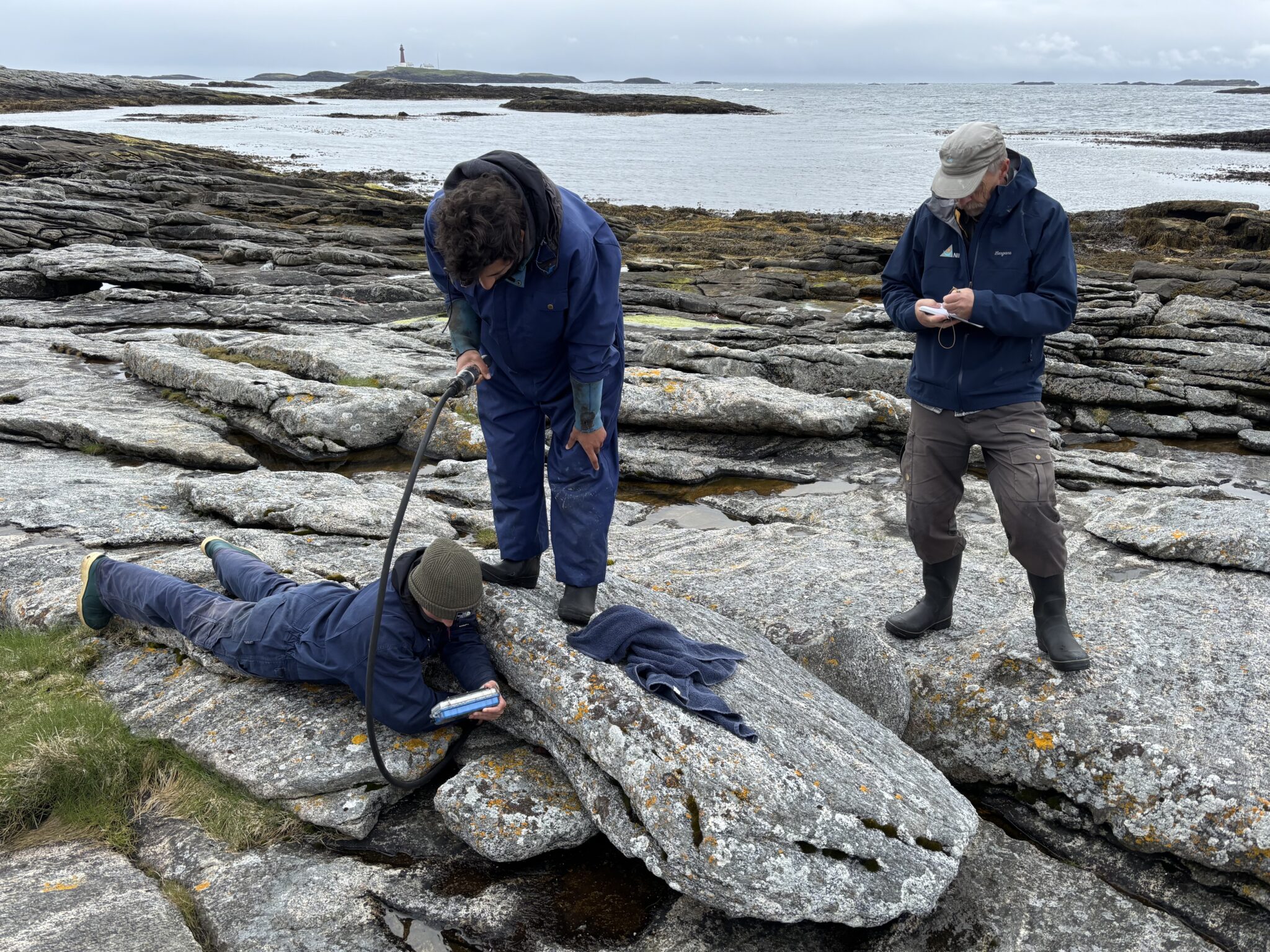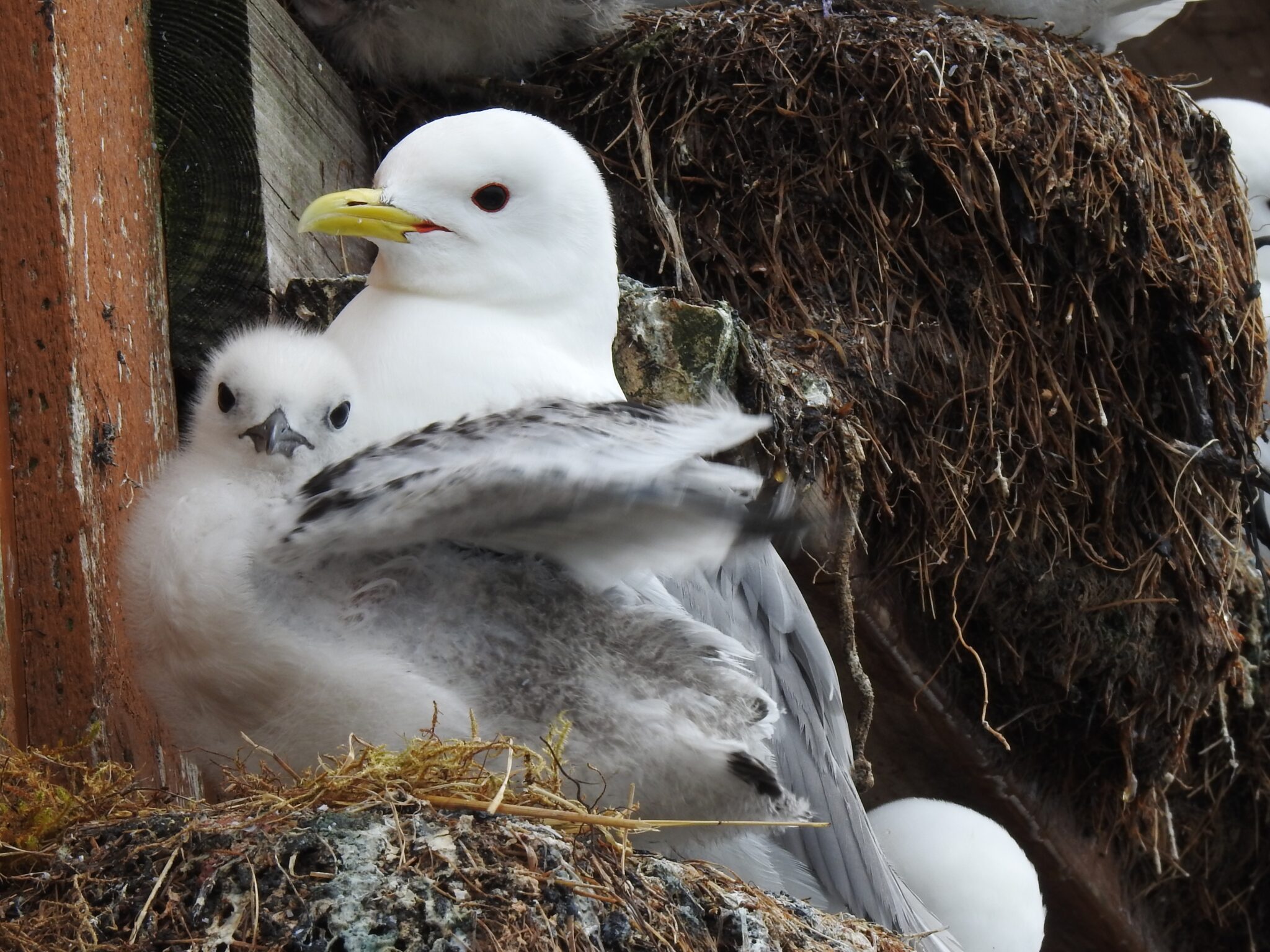Report from the seabird monitoring in Norway in 2024
The newly published SEAPOP annual report “Key-site monitoring in Norway 2024, including Svalbard and Jan Mayen”, reports on the status of key seabird species breeding in Norway in 2024, including their breeding success, population trends, and adult survival rates.
Still higher breeding success for diving species than surface feeders
Similar to the last few years, surface-feeding seabirds generally had lower breeding success than diving species. Pelagic surface-feeders like black-legged kittiwakes had moderate to poor breeding success throughout Norway, while coastal surface-feeders like large gulls had mixed outcomes, depending on the region. Diving species performed better overall, especially pelagic diving species, which had moderate to good breeding success, particularly in the Norwegian Sea. The breeding success of coastal diving species varied greatly between colonies.
Downward long-term population trajectories despite a stable average population trend in 2023-24
Between 2023 and 2024, seabird population trends showed some improvement after the drastic declines seen in 2022-23, partly driven by a widespread outbreak of highly pathogenic avian influenza. Fourty percent of the monitored populations increased, while 42% of the populations declined. Pelagic diving species showed the largest growth, while surface-feeders, especially in the northern populations, experienced the strongest declines.
Read the article:
Contact person: Per Fauchald, NINA


